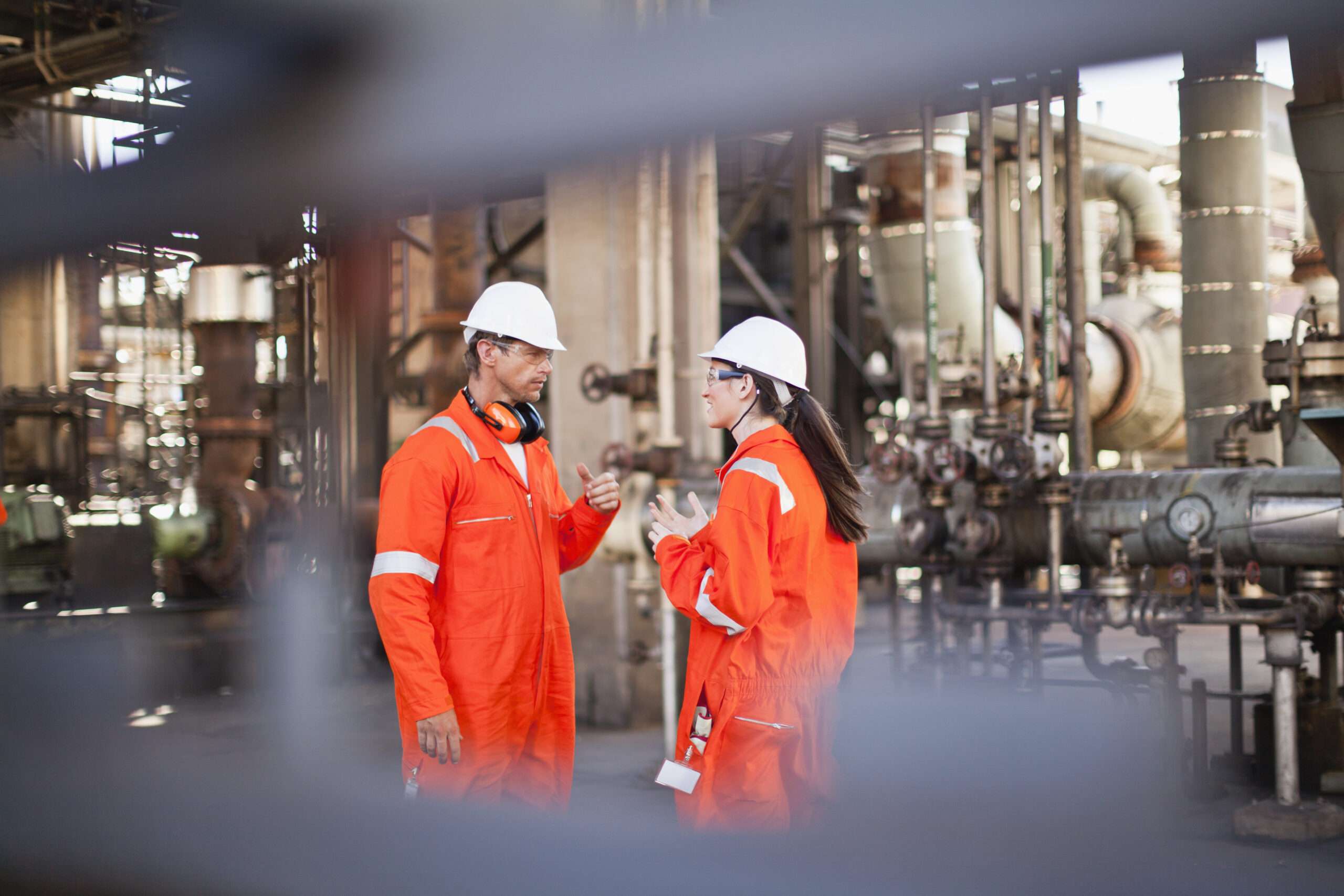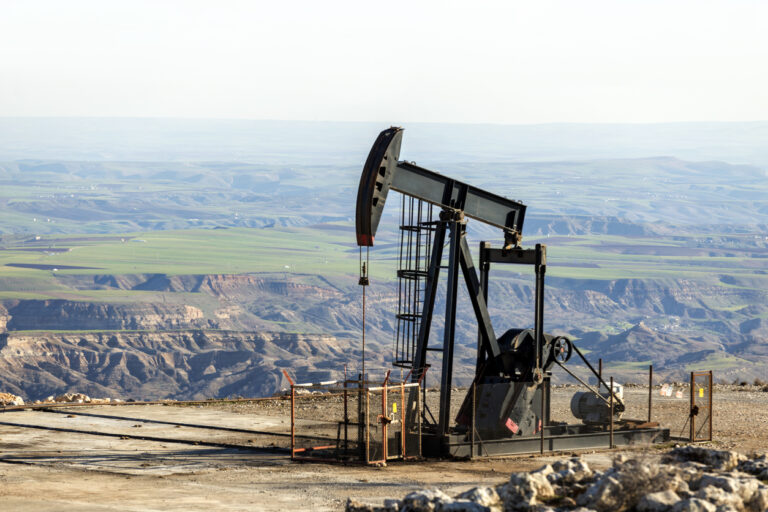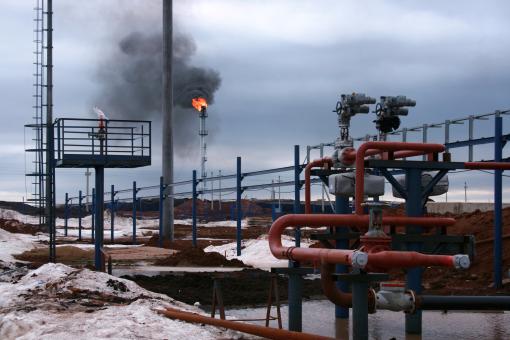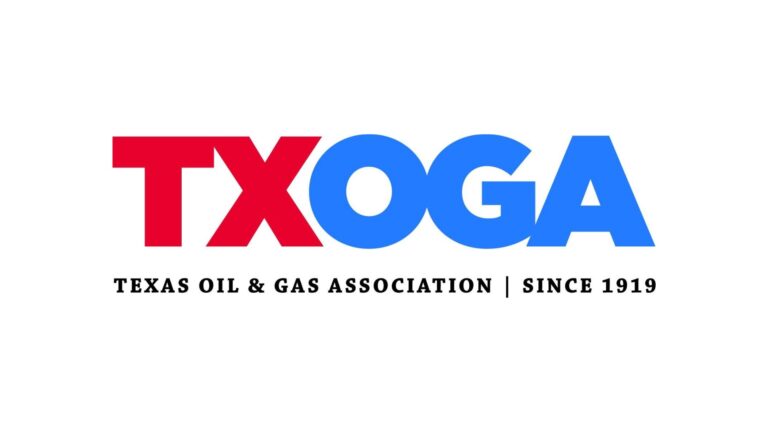
An industry leader in the Permian Basin said the new report proves safety regulations are helping. Other observers say more data is needed to understand the risks of extraction.
Groundbreaking reports shed light on the dangerous risks that accompany the extraction of oil and gas. This report was conducted by the Centers for Disease Control and Prevention and serves as a crucial starting point for the oil and gas industry, federal workplace regulators and state policymakers to gain a deeper understanding of the fatal dangers involved.
Unveiling a wealth of information, this first-of-its-kind study delves into federal workplace data spanning from 2014 to 2019. With a staggering total of 470 deaths among industry workers across the United States, it uncovers the leading causes of these tragic incidents. Brace yourself, for the results are both eye-opening and alarming.
Topping the list of contributing factors to these fatalities are vehicle crashes and being struck by objects while on the job. These everyday hazards pose a significant threat to the lives of those working tirelessly in this industry. But that’s not all. Explosions, falls, and exposure to harmful substances also play a role in these devastating outcomes.
Now, let’s turn our attention to the Lone Star State, Texas, which proudly holds the title of the nation’s largest oil producer. Unfortunately, it also leads the nation in the number of deaths, with a staggering 219 lives lost. Trailing behind is Oklahoma, with 48 deaths, and North Dakota, with 39 deaths, during this five-year period.
This report serves as a wake-up call, urging us all to take action and prioritize the safety of those who dedicate their lives to this vital industry. It’s time for the oil and gas industry, federal workplace regulators, and state policymakers to come together, armed with this newfound knowledge, and implement measures that will protect the lives of those who power our nation.
In the face of these sobering statistics, let us not forget the brave men and women who have made the ultimate sacrifice. Their lives serve as a reminder of the risks involved in this line of work, and it is our duty to honor their memory by ensuring a safer future for all.
The primary causes of mortality in Texas are similar: 54 people died after being hit by an object on the scene, and 53 people died in car accidents.
The findings provide the first, albeit restricted, glimpse into the dangers associated with oil and gas extraction, an area of study that CDC experts intend to expand on. Data from the Occupational Safety and Health Administration, media stories, and notifications from professional contacts were used to compile the study.
Data based on self-employed workers was scarce. However, the study also excludes deaths from chronic illnesses obtained while working in the business. They further contend that vehicle-related fatalities are underreported as a result of a lack of federal jurisdiction in tracking those deaths on public roads.
According to a Permian Basin industry executive, the analysis shows that safety standards are effective in the 55 counties that run from West Texas to New Mexico. The region accounts for over 40% of the nation’s oil supply. According to the current report, had only 30 percent of the industry-related deaths.
“Industry participants are always trying to do their best to secure and improve working conditions, and while we would rather the number to be zero fatalities over any period of time, I think it’s telling that fewer incidents occur in the Permian Basin in comparison to our share of production,” said Stephen Robertson, executive vice president of the Permian Basin Petroleum Association. “That, at least, gives me a bit of sense that some safety protocols are being accomplished better here than in other producing regions.”
The CDC recently unveiled a startling statistic – 48 lives lost in the Anadarko Basin in Oklahoma region alone, accounting for about 10% of all workplace deaths in the United States. What’s even more alarming is that the Anadarko Basin only contributes a mere 3% to the nation’s oil and gas production.
Safety is a top priority for those in the industry, as emphasized by Robertson, a spokesperson for one of the companies operating in the basin. “Our goal is to have zero safety incidents,” he declared. “We work tirelessly towards that objective every single day. However, the nature of our work is inherently challenging and can be perilous if proper safety protocols are not followed.”
While the report did not provide an official death rate, which would compare the number of deaths to the size of the workforce, it has sparked a call for further investigation. Daniel Foster, the owner of Expert Welding, Engineering and Inspection, believes that more research is necessary. “Workplace deaths are unfortunately not uncommon,” he stated. “There needs to be more oversight to ensure the safety of workers.”
Foster suggests that including the total number of workers in each basin would greatly enhance the study, allowing regulators to identify trends and implement necessary measures. However, the CDC explained that it did not have access to this information during the examination.
The data also sheds light on a concerning reality in the Permian Basin – the perilous nature of driving on the roads of West Texas. Michael Smith, the managing director of the Permian Road Safety Coalition, has dedicated his efforts to researching and advising both oil companies and local governments on the state of these roads and highways. According to Smith, the demands placed on drivers transporting oil and gas in the Permian Basin are immense.
“In this region, the industry moves at the speed of business,” Smith explained. “This creates a fast-paced tempo that trickles down to the workers on the ground, who feel compelled to push the limits.” He also highlighted the fact that many oil and gas companies hire contract drivers, leaving them with little control over road safety training. Smith believes that increased collaboration between government partners is crucial to improving the overall road conditions in West Texas.
As we delve into the complexities of the oil and gas industry, it becomes evident that safety is a paramount concern.







